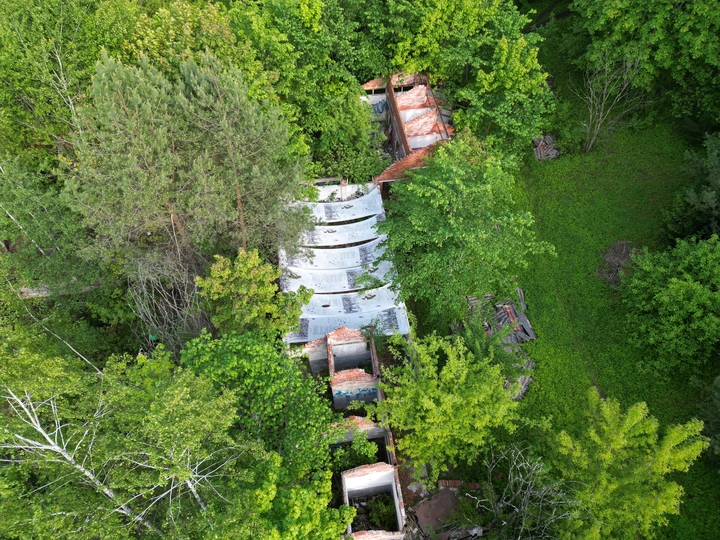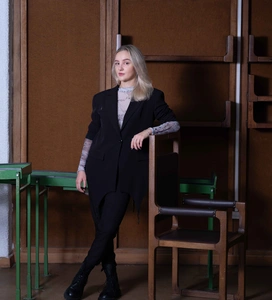A Laboratory of Decay

I am a spatial designer and researcher with a background in spatial and product design from Vilnius Academy of Arts. My work and interests focus on abandoned and alternative architecture—design that goes beyond serving only human needs or pure functionality. I explore how architecture can engage with ecological systems and the more-than-human world. Combining critical research with creative design, I actively participate in creative and spatial practices that foster a sensitive relationship to the environment. My practice is centered on deep ecological awareness and a strong connection to nature, constantly exploring new ways architecture can be more sustainable and responsive. My work was recognized in Dezeen as one of Vilnius Academy of Arts’ standout graduate projects, highlighting ecological awareness as a core design value.
This work explores the transformative potential of creative interventions in neglected, abandoned spaces — through presence, listening, and ethical design actions. While conventional architecture often sees ruins as problems, I shift the focus from fixing to sensing, from imposing to responding and staying with.
Ecology, to me, is a fabric of relationships — between humans, animals, soil, materials, stories, and climates. It holds within it art, ethics, politics, and the question: how do we live now, and how can we create with the world, both in knowledge and unknowing?
I explore modern ruins without heritage status — raw, unresolved spaces surrendered to decay. They hold invisible narratives, ecological and spatial tensions. They wait to be heard.
My practice is rooted in embodied, site-specific gestures: weaving, draping, writing, collecting. A chair frame becomes a weaving surface. A large textile covers a collapsing building — to reveal, to outline what we usually pass by. The ruin becomes a temporary “laboratory of decay,” a stage for ethical presence.
The work draws on Timothy Morton’s hyperobjects, Arturo Escobar’s autonomous design, Juhani Pallasmaa’s embodied perception, and Emanuele Coccia’s vision of Earth as open theatre. Architecture here becomes care, relationship, and ethical stance.
I envision its future evolution as a growing platform of ephemeral “labs of decay,” developed with artists, architects, ecologists, and communities. Together, we can explore how to live with what remains — to reimagine value, presence, and space.
I bring to LINA a poetic, critical, slow design methodology. One that challenges urgency, invites humility, and contributes to rethinking spatial futures. I hope to learn from others navigating uncertainty — and together build practices of attunement, reflection, and care.
